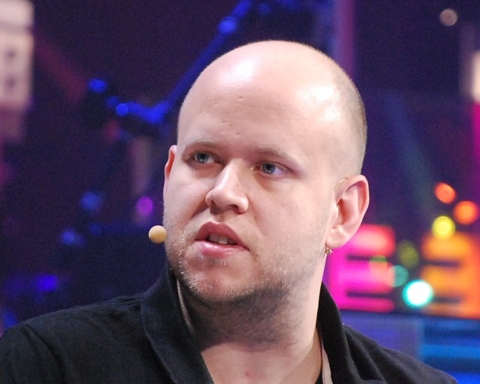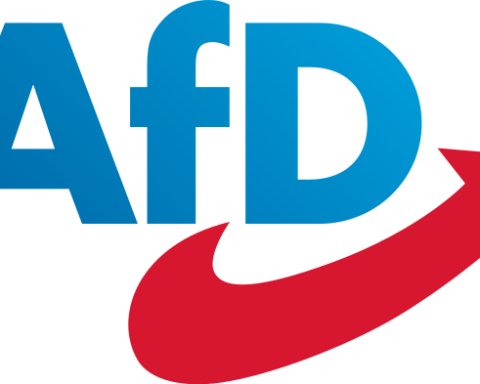By: Alicia Maxwell, Features Staff Writer
Photo Courtesy: HEOP Instagram
“The more that we do outreach and education about HEOP, not just for the HEOP students but for the campus community at large, the better things will be,” Christopher Brown, the executive director of St. Bonaventure University’s Higher Education Opportunity Program and Student Success Center.
The HEOP program is intended to provide financial support to students from New York state who come from a low-income family household and are academically disadvantaged.
“It was really looking at how we get students who want to go to private education that might have had hurdles in their way,” Brown, Executive Director of Student Success Center and Higher Education Opportunity Program, said. “How do we make a program that provides access and then when a student is in higher education? How do we have a program that provides support for students who otherwise would not be able to go to the type of college that they wanted to go to.”
Being from New York State and coming from an academically and economically disadvantaged background is just an overview at the qualifications of being eligible for HEOP. In actuality, it becomes a lot more specific.
“The first part is academic disadvantage and that’s where every school’s criteria is a little different. So academic disadvantage means that the student wouldn’t meet the qualification for general admissions, but in their application they show the promise or the capability capacity to be successful,” Brown said.
When it comes to a student’s GPA in high school, St. Bonaventure HEOP program has their own criteria for what counts towards general admissions. The Bonaventure HEOP program seeks scores between 72 to 80 (from 0 – 100); however, a student can still be qualified if their GPA is above or below those ranges.
“When a student is below that range we look for more indicators that show the student has the potential to be successful, so try to look at what were the barriers to academic success.” Brown said.
Those barriers can mean just about any responsibility the student may have had to put ahead of their education. Examples of this include, having to work jobs in order to help pay the bills or even having to take care of a family member; essentially any drastic changes that had an impact on their academics is what the HEOP program is looking to learn about.
If a student is above the range the program takes a deeper look into their test scores for SAT, ACT, or even New York state Regents. Those can tell a different story apart from their GPA. Students can do well in the classroom and on homework, but have a difficult time with exams. Whether above or below the 72 to 80 range, people in the HEOP program look to hear about the students’ stories and how it has affected their academics in their personal essays submitted with their applications.
Although Bonaventure has its own way of running its HEOP general admissions criteria, the one thing that is consistent across all institutions is the students’ economic eligibility.
“So we have to look at the family’s income that was earned and show the student in their household has a history of economic disadvantage,” Brown said. “So that’s when we’re pulling information about household income and using a sliding scale of that household to determine if the student is financially qualified to be in HEOP.”
Brown strongly stands firm with the HEOP program not being race conscious. The HEOP program’s main goal is centered on providing benefits for students who are both academically and economically disadvantaged. That is not to say there isn’t a pattern with a population who fit both descriptions.
“Is HEOP at Bonaventure and HEOP across the state predominately not white? Yes, but is it designed to be that way—-like are we supposed to say we want to admit more students of color. That’s not the design or the purpose of HEOP.”
Most higher-education institutions across the country are predominantly Caucasian, and within programs like HEOP most of the students tend to be people of color, but that was not by choice.
“At the same time we have to recognize that because of systems of discrimination that a person who is Black or Hispanic face additional hurdles that are more likely to then show up in academic or economic disadvantage,” Brown said.
Nevertheless, students accepted into the program are given benefits such as academic assistance in two-hour tutoring sessions, summer programs where students can get ahead on additional academic credits, and workshops on graduate programs. All the students are assigned a HEOP advisor who offers one on one sit downs to talk about academic goals amongst other subjects.
“Every student knows that academic counseling isn’t just academic. We talk about personal struggles, we talk about transitions, we talk about social life, we talk about financial life, we do talk about obviously academics, but the way we do these one-on-one meetings is really different for every student,” Brown said.
Each HEOP student receives a full financial package customized based on their expected family contribution and federal student aid award.These financial packages can include grants, scholarships and loans to help cover the cost of tuition, room and board, books and potential course and student fees.
Despite all the goods there are some challenges the program faces with having to recruit students who need the benefits the program provides. Since the start of the COVID-19 pandemic, institutions have had trouble accepting students who are economically disadvantaged, but received a stimulus check.
“Some of the stimulus money that came out of COVID was artificially inflating household income. So with some of the additional stimulus payment during covid that made some families that should have been eligible for HEOP ineligible and it made some students who are currently in HEOP look like they had more income than they really did,” Brown said.
In addition to the stimulus impact, the program that helps disadvantaged students comes with having to recognize and acknowledge that the majority of the students are people of color coming to a predominantly White institution.
“Even though race is not a requirement to be in HEOP, most of our students come from a minority background and racial identity, so helping students navigate what that means at a predominantly white institution is an ongoing area that needs to be focused on,” Brown said. “It’s not just looking at how we support students in that journey, but also how we challenge the institution as a whole to be a more welcoming place for students who are not white.”
Brown also mentioned a few ways the St. Bonaventure HEOP program can make improvements starts with incorporating classes students are most likely to struggle in.
“One example of that is our summer program started the scientific inquiry course,” Brown said. “Like a basic science fluency, science skills course because what we were seeing in our data was that our students were struggling in science majors and they were also struggling in the gen ed courses that they would have taken if they werent’ a science major,” Brown said.
Brown further explained that the program is continuing to look at data on students’ performance and transitions. They are also making sure to find ways to adjust the services being provided now and what should change to better assist students in the future.






